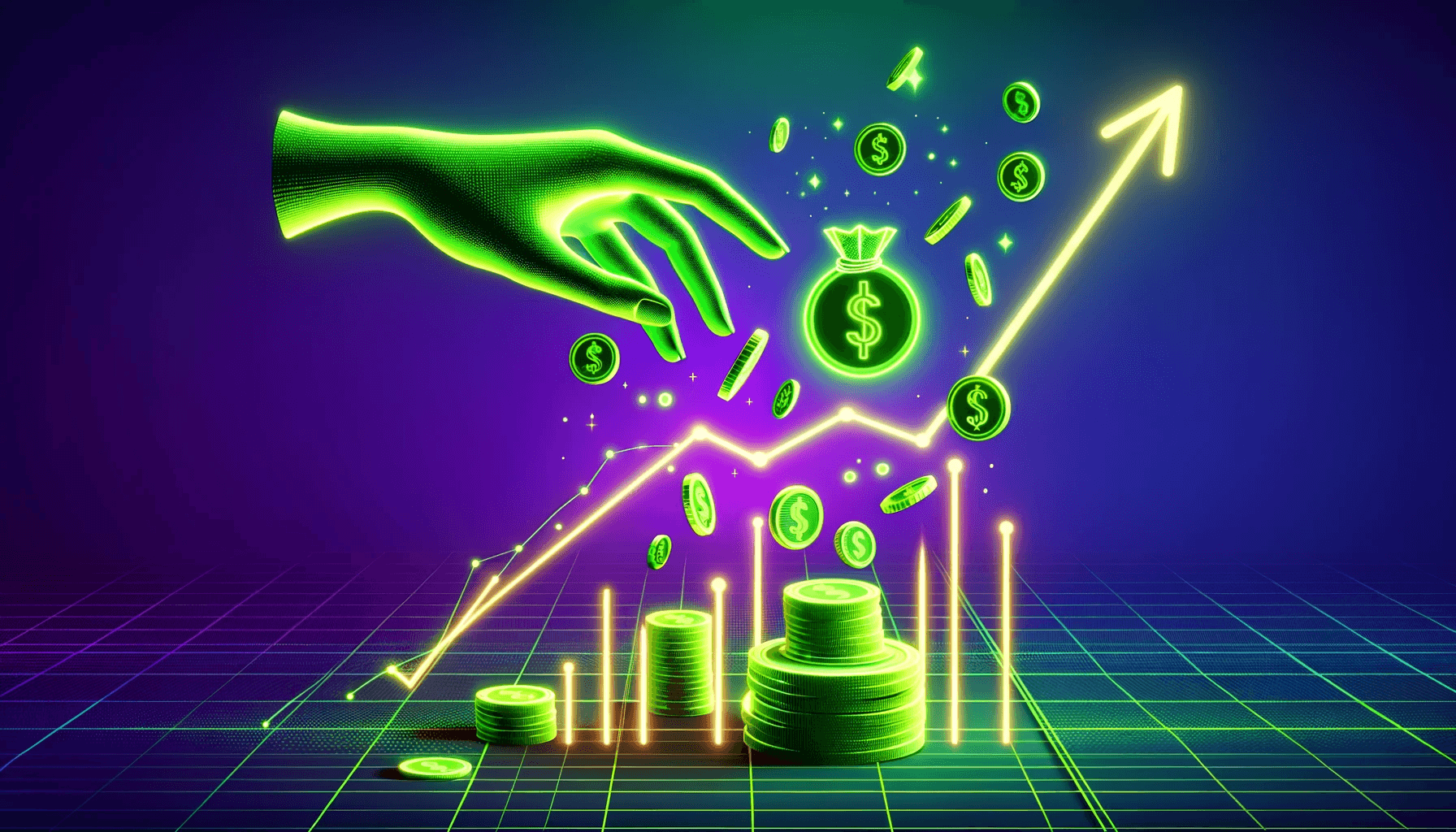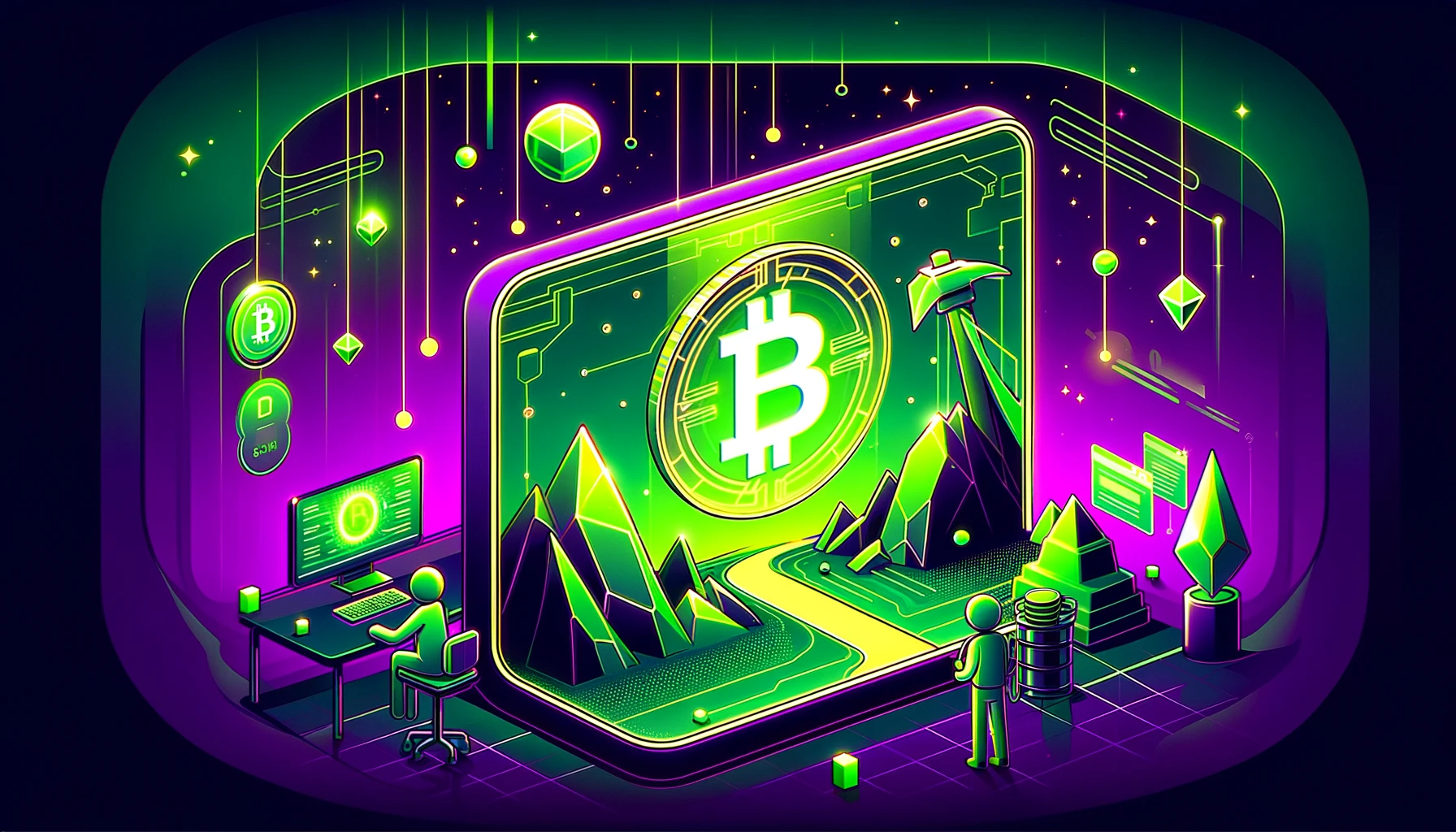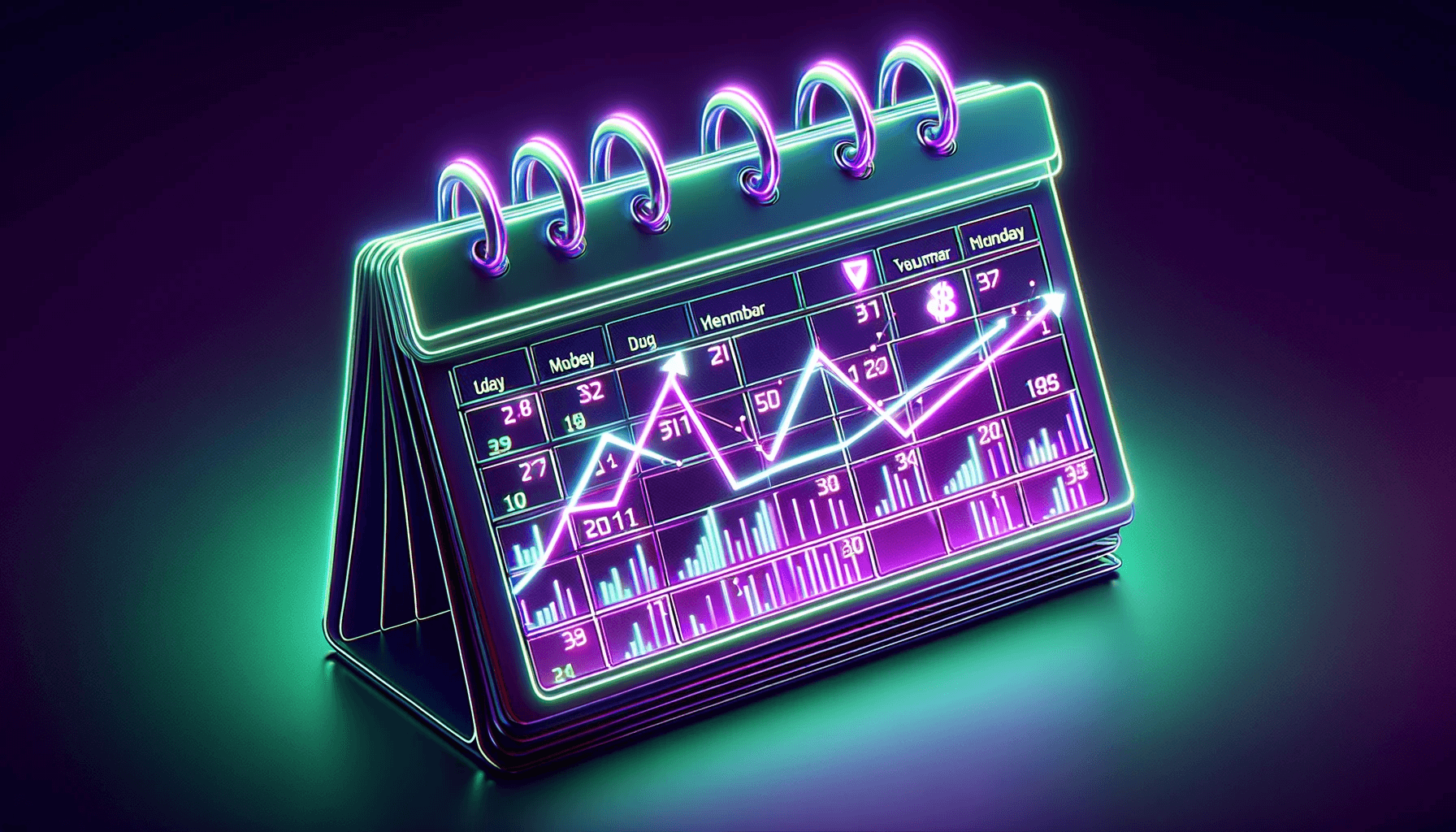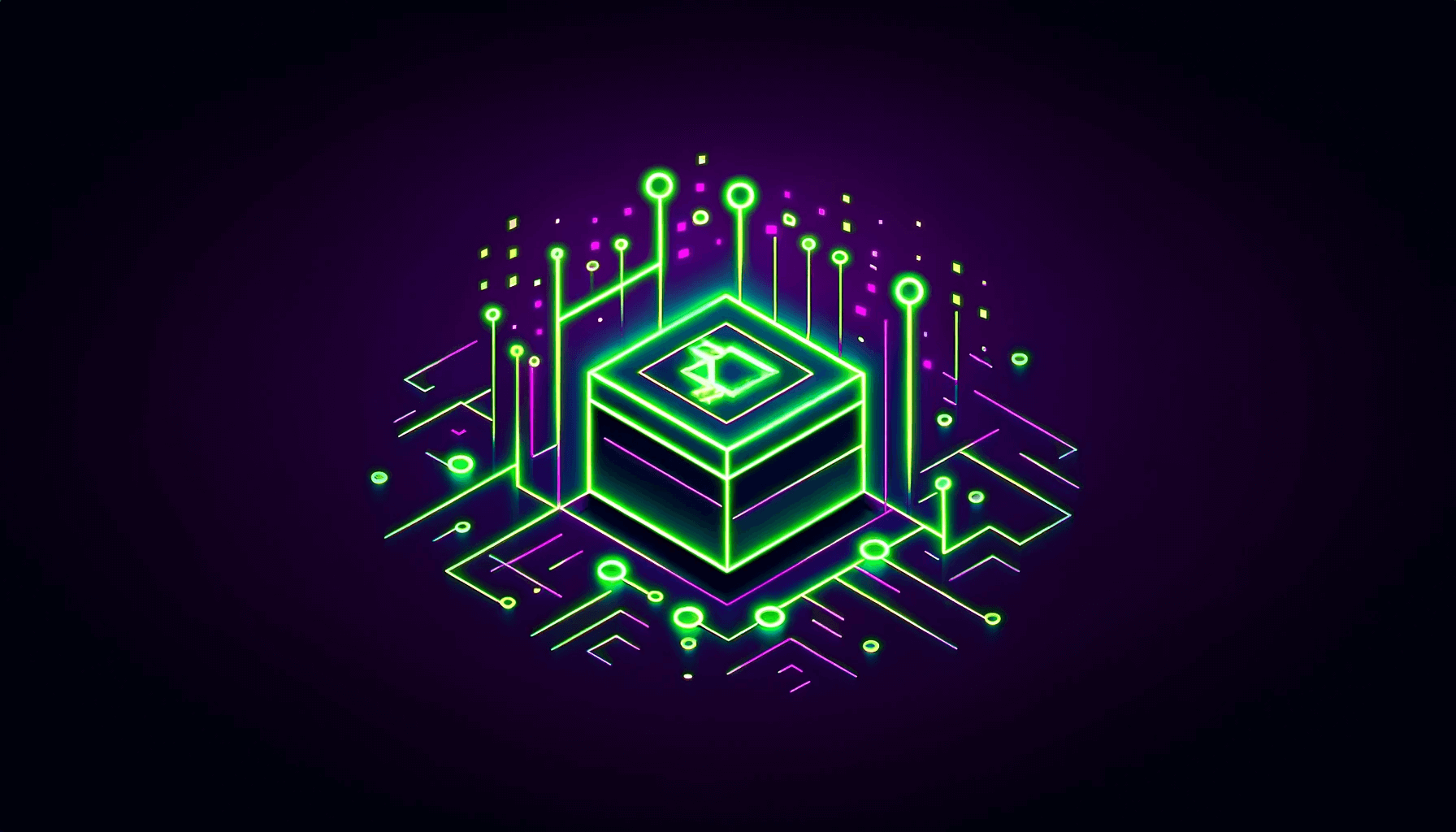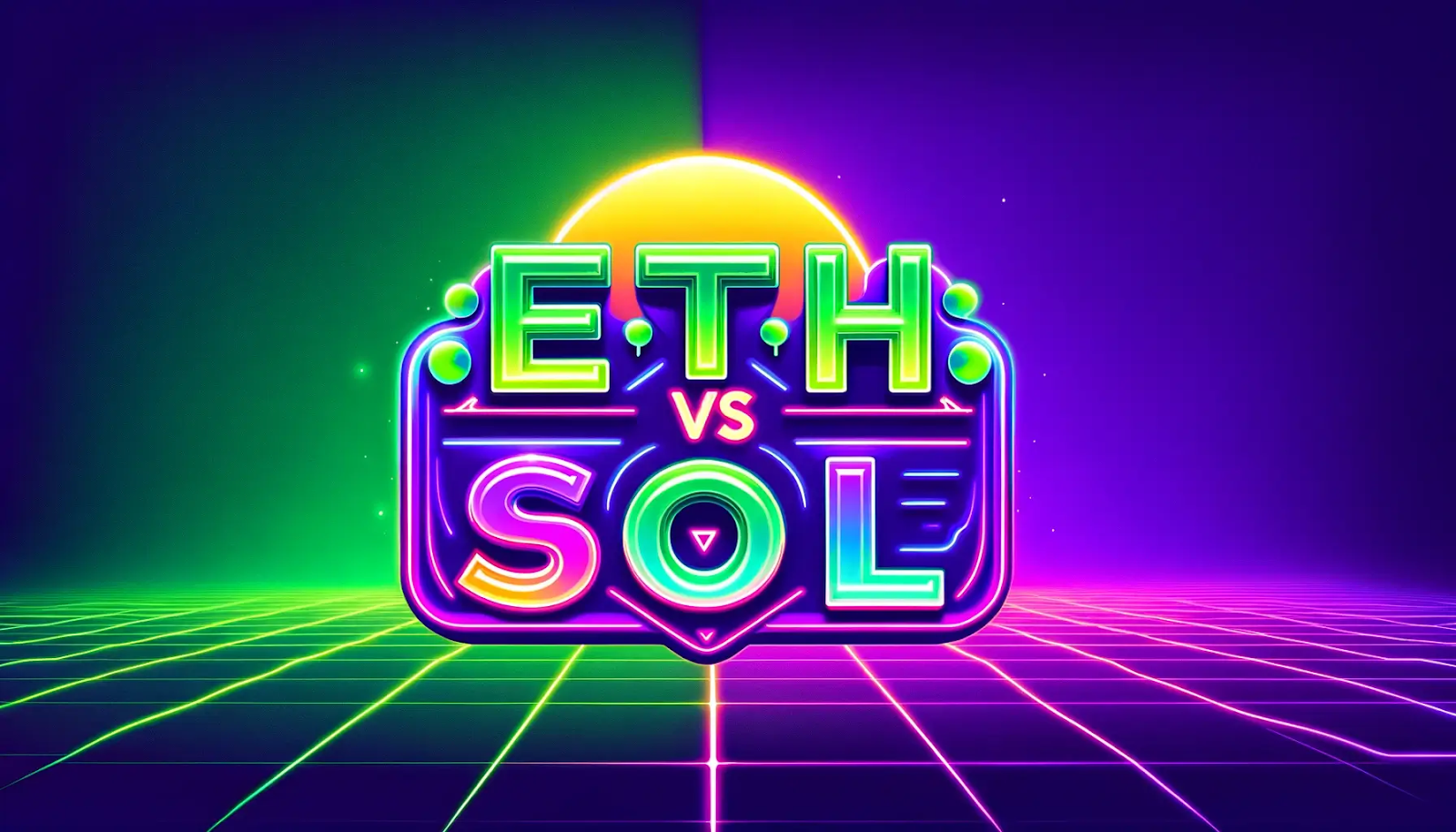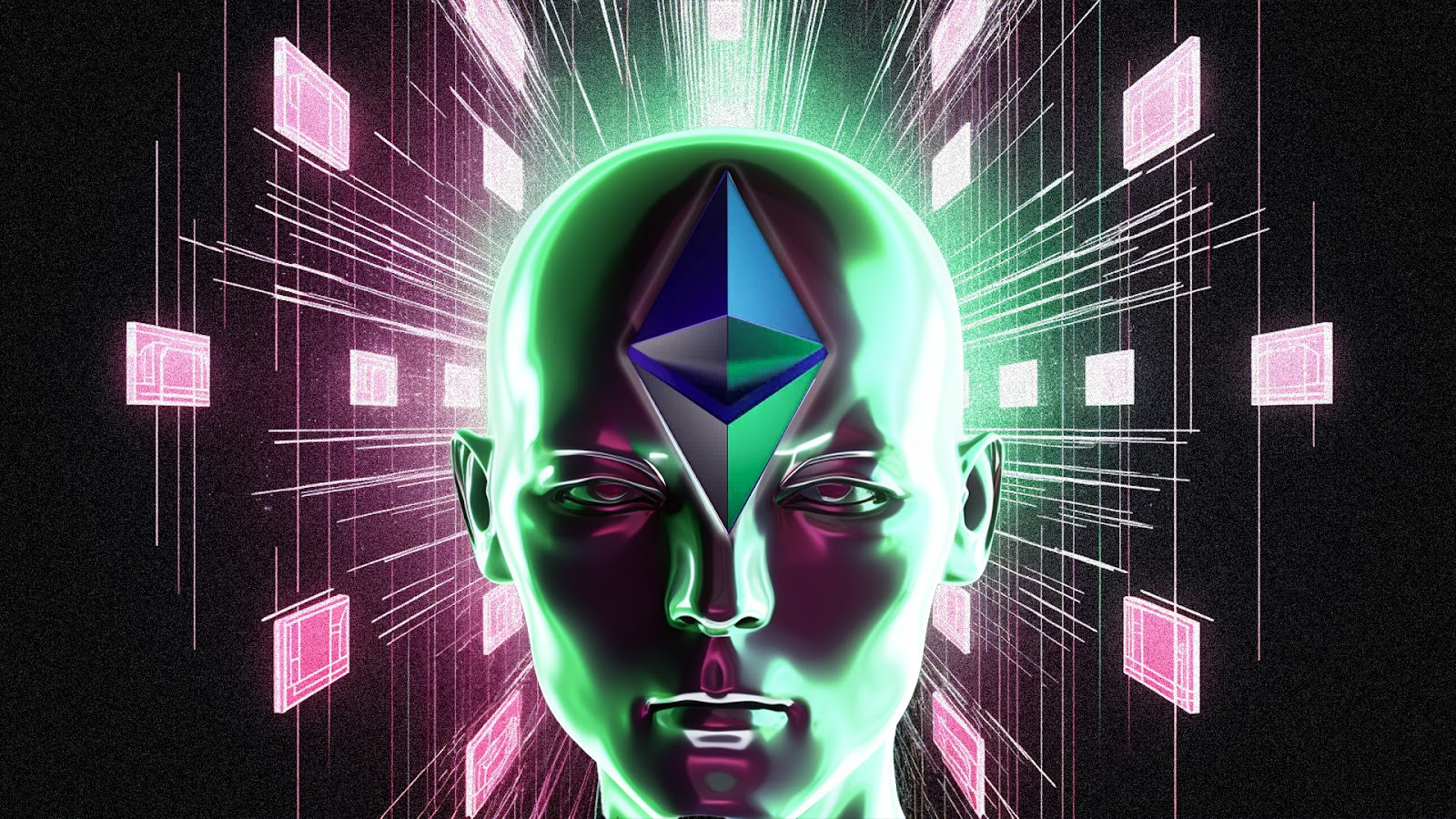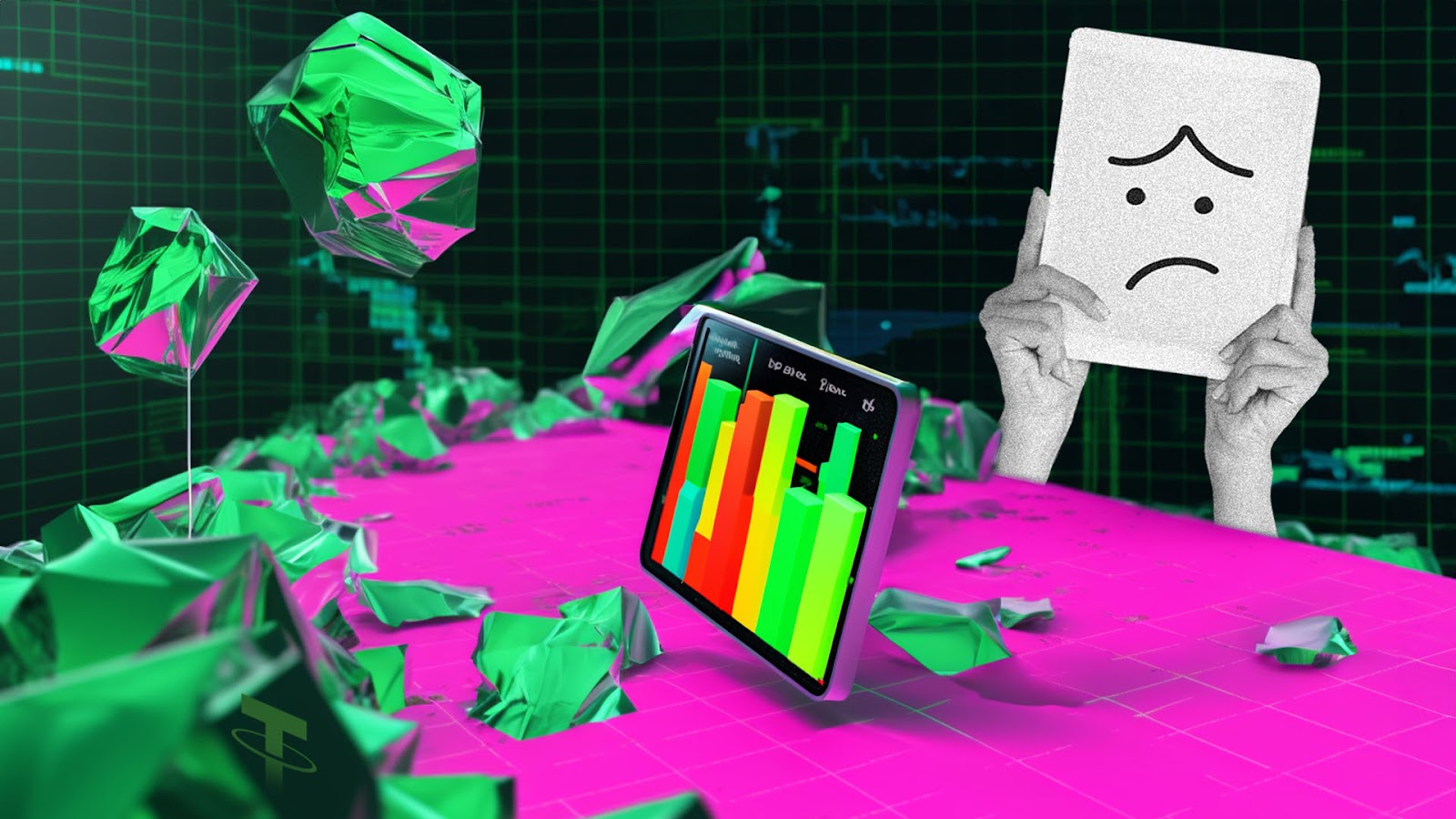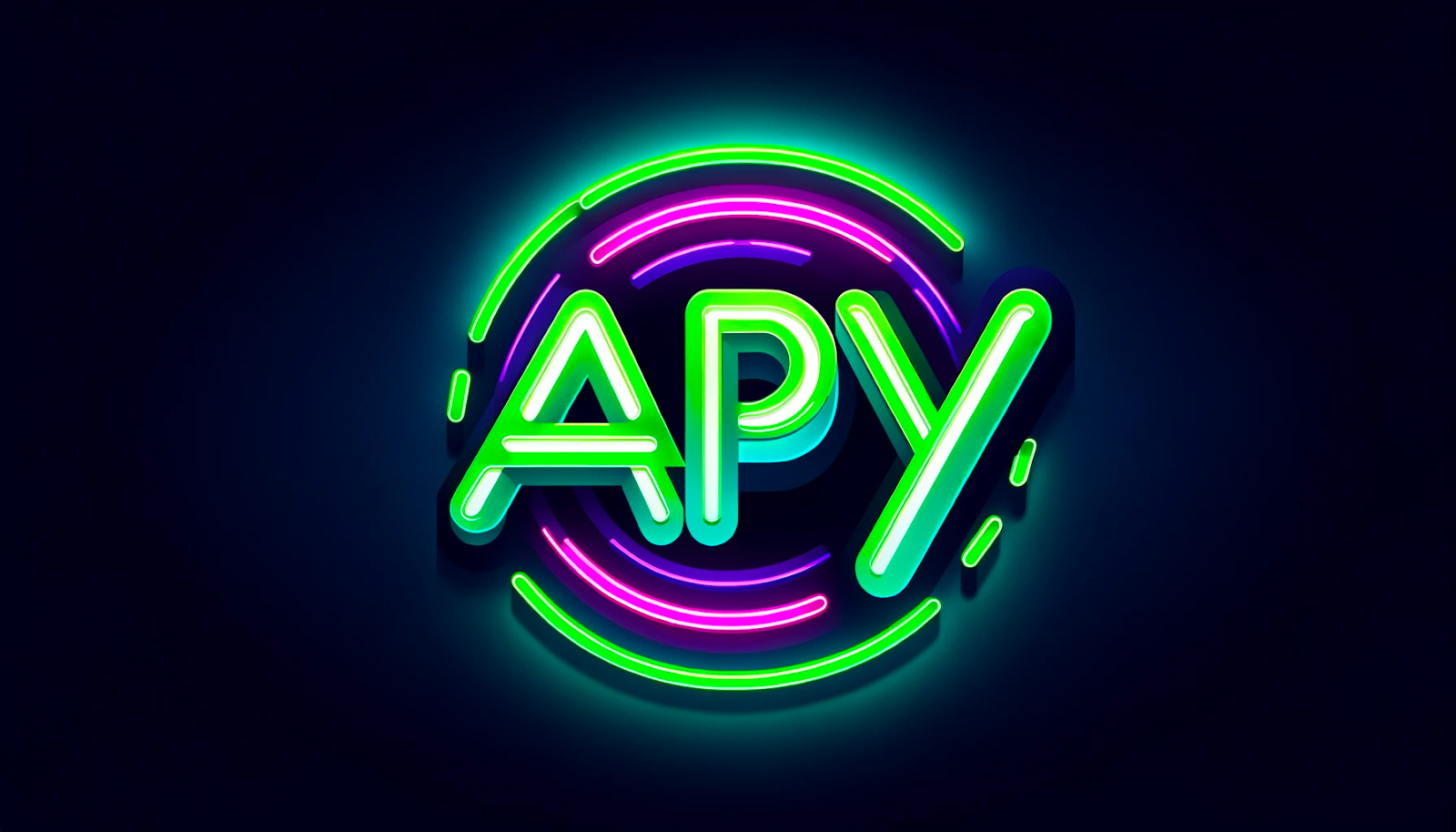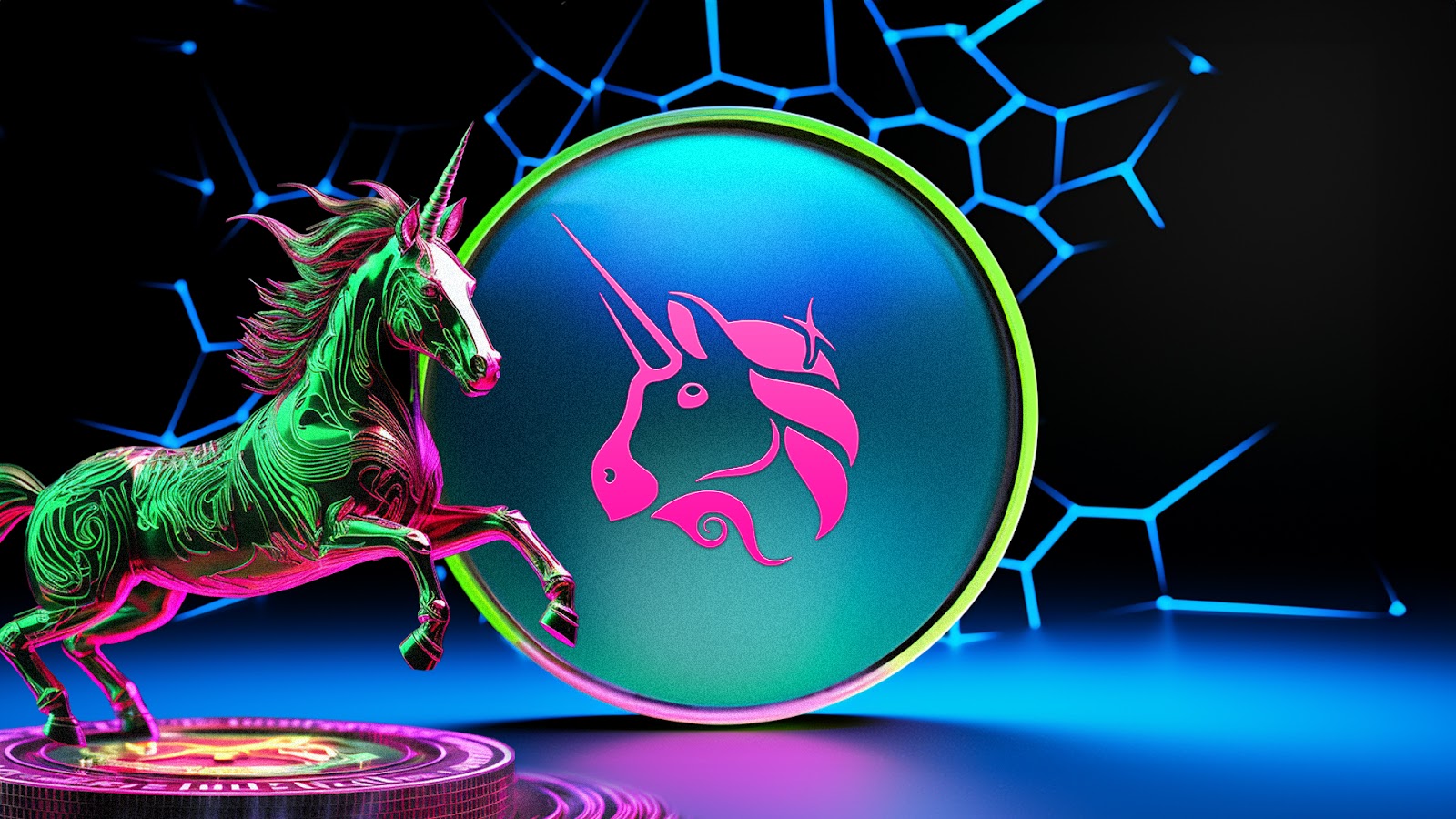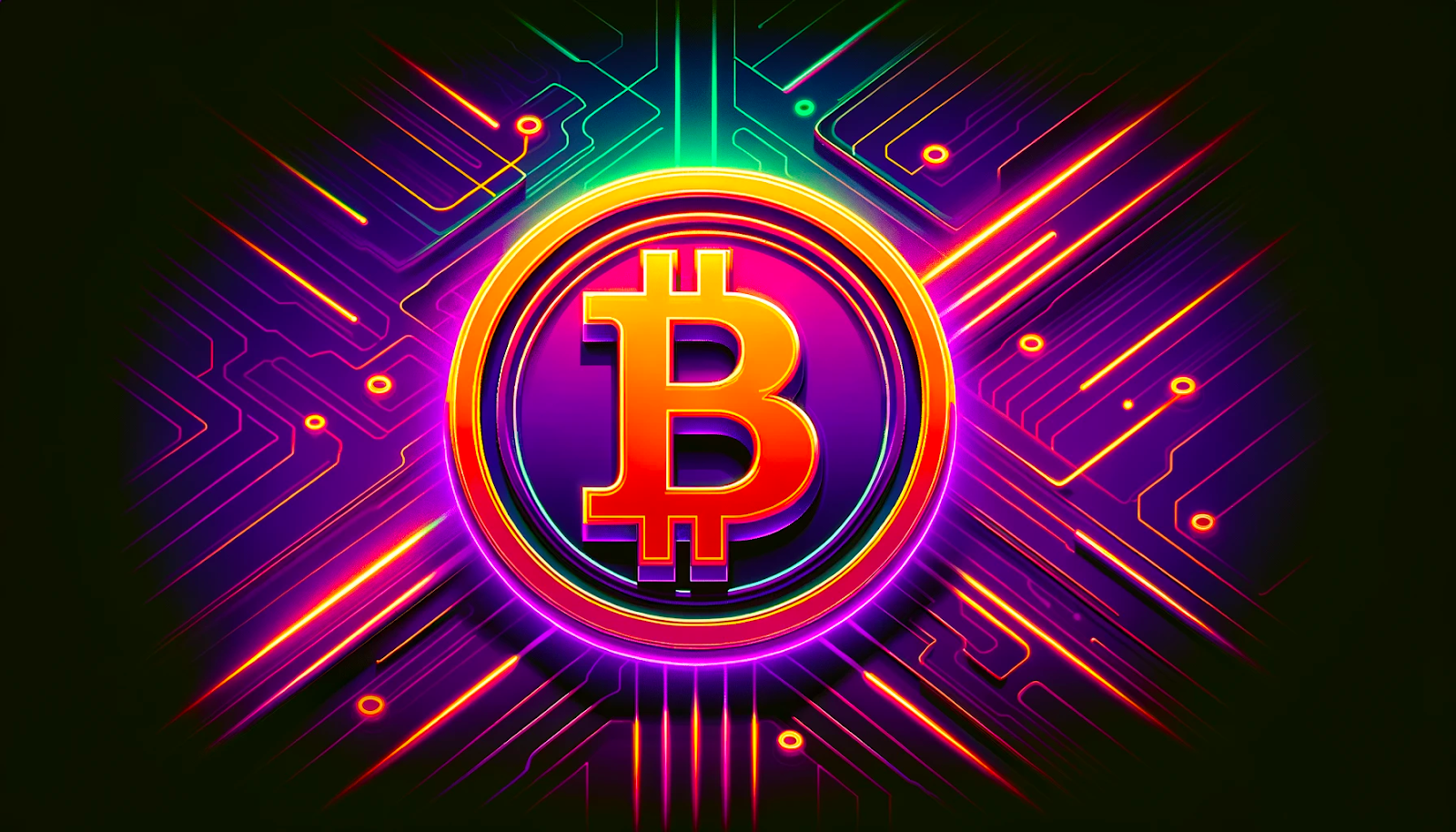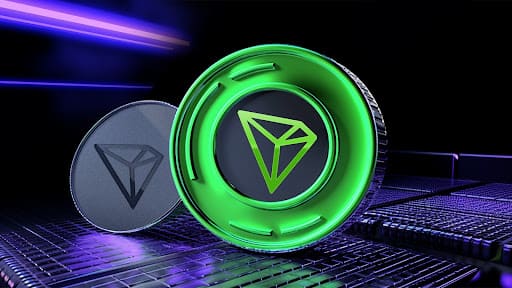
Introduction
Tron is a cryptocurrency that has been in existence since 2017. During its initial launch, it conducted a remarkable ICO that raised more than $70 million within a week.
So, what makes Tron a top-performing cryptocurrency, and how does it remain relevant in the market? In this article, we'll delve into the content-focused blockchain and explore its features in detail.
What is Tron?
Tron is a blockchain that seeks to enhance content distribution and promote web decentralization using decentralized applications (dApps). The name Tron is a fusion of two words – "Transparent" and "Online" – signifying its objective to create a safer and decentralized internet for everyone.
History of Tron
The origin of Tron can be traced back to Justin Sun, who founded it in 2017. Sun also owns BitTorrent (BIT) and the SUN token. However, it is worth noting that Sun had been working on the blockchain for three years before its official launch in 2017.
Tron’s launch was partly accelerated by the Chinese government, which planned to ban Initial Coin Offerings (ICOs) in 2017. Sun had to move up the launch date to avoid breaking any laws.
After launching Tron, Sun relocated to the United States, where he continued to improve the blockchain infrastructure. For instance, he moved the Tron infrastructure from the Ethereum blockchain to its own blockchain in 2018. This move has helped Tron host applications in different fields.
How Does Tron work?
Tron works on a delegated proof-of-stake consensus mechanism. In this system, transactions and smart contracts are verified by validators (or super representatives), as TRON supports the creation and execution of smart contracts.
TRON uses a virtual machine called the Tron Virtual Machine (TVM) to execute smart contracts on the TRON network. The TVM works well with EVM, making it easy for developers to switch between both.
Content creators can use TRX to pay for dApps to host their content on the network and to track their earnings. They can also create their own tokens on the Tron network and hand them out to loyal fans as a bonus for their support.
What is Tron Used For?
TRON's primary objective is to build a platform where content creators can directly connect with their audience. This includes removing intermediaries from various online content industries such as social media, entertainment, and gaming.
This might sound like a lofty mission, but Tron has a number of impressive features that make it capable of decentralizing content distribution and making Web3 content different from Web2 content. Some of these features are:
-
Blockchain Infrastructure: TRON operates on its own blockchain, which utilizes a consensus mechanism called Delegated Proof of Stake (DPoS). This mechanism allows for faster transaction confirmation times and higher scalability than traditional Proof of Work (PoW) blockchains.
-
Decentralized Applications (DApps): Developers can build decentralized applications on the TRON platform. These DApps can cover many use cases, including gaming, social media, and content sharing.
-
Native token: TRONIX, often referred to as TRX, is the native cryptocurrency of the TRON network. It is used for various purposes within the ecosystem, such as paying transaction fees, participating in governance, and rewarding content creators.
-
Content Sharing and Ownership: Tron aims to empower content creators by allowing them to share their content with users directly. The platform emphasizes the ownership and control of digital assets, enabling creators to retain more value from their work.
-
Tokenization: Tron enables tokenizing various assets, representing real-world or digital assets as tokens on its blockchain. This has a wide range of applications from gaming to real estate.
Pros and Cons of Tron
While Tron has features that make it outstanding for content and decentralization, it has its drawbacks. Some of these drawbacks have limited the blockchain's potential to grow beyond its current state. But first, a look at its pros.
Pros:
-
Efficiency:
A Delegated Proof of Stake (DPoS) consensus mechanism makes transactions much faster than other networks like Bitcoin, which use a Proof of Work mechanism instead.
-
Robust system:
Tron can handle a large volume of transactions at once, making it suitable for applications that require a lot of transactions to be approved at once, like games.
Cons:
-
Justin Sun:
You read that right. TRON's founder, Justin Sun, could be one of the network's drawbacks. Sun is a controversial person and has been accused of gambling and money laundering in 2021, raising eyebrows about TRON's credibility.
-
Congestion:
Like many crypto networks, TRON experiences slower transaction confirmations which could waste users' time and increase transaction fees.
Should You Invest in Tron (TRX)?
Investing in Tron might be a good long-term investment, especially if you are interested in the content distribution and privacy systems Tron offers. Now more than ever, users need to protect their content on various platforms from big corporations who want to utilize user data for their benefit without rewarding the user.
Tron reverses this order and lets content creators and users take charge of their data and benefit directly from it.
Where to Buy Tron (TRX)?
If you want to begin investing in Tron, consider going through verified platforms to buy it. You can easily buy TRX on centralized exchanges like Coinbase, Huobi, and Binance.
Some exchanges allow you to buy Tron with a credit card, which is more accessible than a fiat deposit method. Whichever exchange you choose to buy Tron, make sure it is verified and legal so you do not get into trouble.
Please note that none of the information contained in this article is financial advice. It is intended for educational purposes only.


